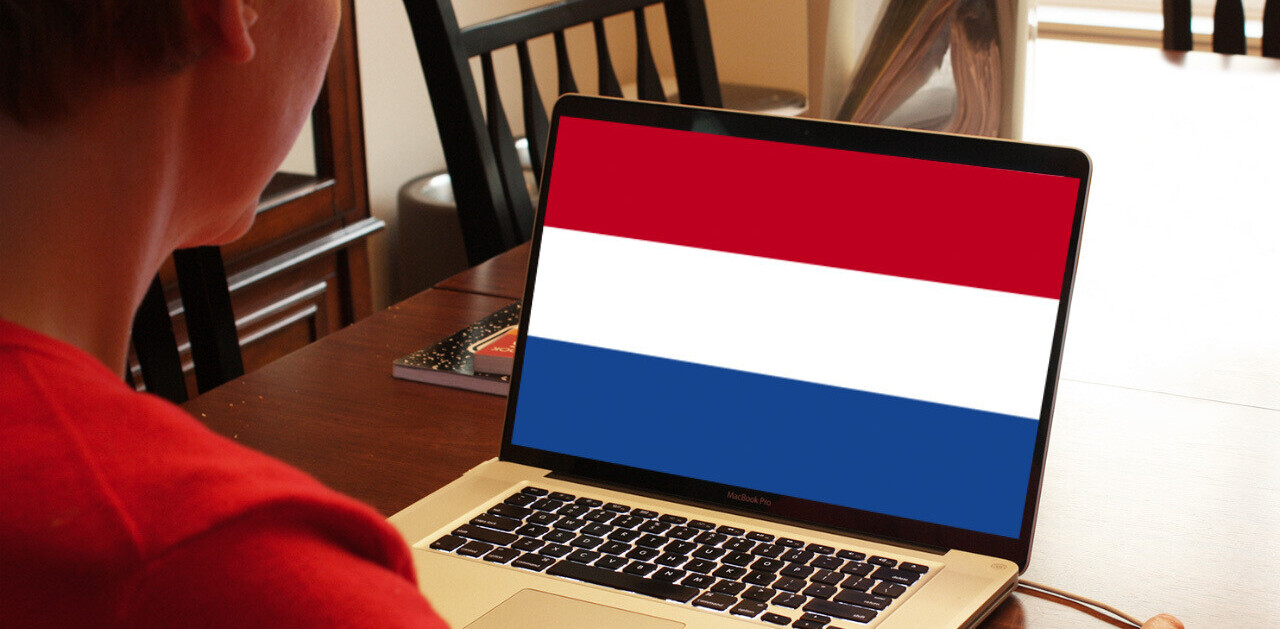
Margaret Molloy is the Global CMO for strategic branding firm Siegel+Gale. Follow her at @MargaretMolloy.
We live in a world where startups and the latest technology innovation consume mainstream news coverage, where entrepreneurs and innovators are heroes, and where “new” is often confused with “better.” So-called disruptive apps and technologies are everywhere, but in an increasingly complex world, how much consideration is put into how these innovations will simplify our daily lives?
At Siegel+Gale, buoyed by the quest for simplicity, we recently set out to understand which innovations were removing complexities from consumers’ lives. We surveyed 2,000 people in the United States on what innovations—regardless of cost—make their lives simpler.
The results might surprise you. Here is a list of the top 10 innovations, as ranked by US consumers:
1. A portable phone charger, the size of a credit card that fits in your wallet.
Technology has come a long way; you no longer have to carry around your phone’s charging cord and hope to encounter a power outlet. Products like the ChargeCard or a similar product from Hammacher Schlemmer can power you up, and not weigh you down, on the go.
2. Price scanners located throughout the grocery store.
Most major grocery stores have standing price scanners throughout the aisles, allowing you to price check your items before reaching the checkout line. This allows purchasers to stay on top of how specials, sales, and coupons apply to their items and, ultimately know how much they’ll be spending.
3. A tracker to place in luggage so that if it gets lost in transit, you can find it with your smartphone.
Travel is rife with risks and worries. Delays, hidden charges, and lost baggage make it far from a simple experience. However, with products such as TrakDot, ViewTag, or Airbus Bag2Go, the fear of losing your luggage is alleviated. Simply check your smartphone and know where your luggage is—even if it’s not with you.
4. A checkout system in your shopping cart that lets you scan items as you put them in your cart.
Self-checkout systems have become commonplace in many stores. Now products like ScanIT Mobile allow you to scan and bag your groceries while you shop. The technology permits you to pay and go without having to pass through a traditional checkout lane.
5. A smartphone that can survive being dropped in water.
The fragility of smartphones coupled with our dependence on them poses a problem: what happens when they fall victim to normal day-to-day accidents? Brands are beginning to combat this fear by creating smartphones like the Samsung Galaxy S4 Active, the Sony Xperia ZR or the Kyocera Torque that can survive being dropped in water.
6. A way to consolidate all your passwords in one place.
In this digital age, fears of Internet security breaches have left consumers with dozens of different passwords for dozens of sites and personal accounts.
Products like Last Pass and oneSafe help store all those passwords in one place—simplifying the login process and cutting down on the number of times you press that “Forgot your Password” button.
7. A smartphone app that allows you to compare prices of items when you scan them at a store.
For many consumers, shopping is an exercise in finding the least expensive version of the product they’re looking for. This can be a time-consuming experience.
Enter apps like Quick Scan, Buy Via, and Price Grabber make it a one-stop shop. Scan an item, and the app helps compare that item’s price to others. Saving time and money certainly simplifies life.
8. A car with a trunk you can open with your foot, if your hands are occupied.
Opening the trunk of your car with groceries, sports equipment, food, or any other items can be a complicated nightmare. The Ford Escape, for example, lets you open the trunk of your car with your foot so you don’t have to set your items on the ground just to open the trunk.
For consumers, simplifying a process as small as loading up your car means a lot.
9. Boarding passes on your smartphone.
All major airlines offer a mobile alternative to printing out boarding passes or stopping by an airport kiosk. Knowing you don’t have to build in time to print a boarding pass, or risk losing that paper pass, is important to consumers, and an innovation they value.
10. A smartphone app that consolidates your grocery store coupons.
Couponing can definitely save money, but time is another issue. Cutting out coupons, organizing them, and being sure to use them, could be a full-time occupation. Apps like Cell Fire, Key Ring, or Card Star keep all grocery store coupons in one place, and ultimately save consumers money.
Which so-called “innovations” didn’t make the Top 10?
The much-hyped Google Glass ranked at the bottom of the list. We’ve learned consumers don’t see big-picture innovation the way entrepreneurs do.
Instead, consumers see innovation as functional improvement in their daily lives—they value technology that simplifies the things they do on a day-to-day basis. While a car that drives itself may be truly visionary, it appears far lower as a priority than a smartphone that can survive being dropped in water.
It’s clear that consumers aren’t always just looking for the cool new gadget. Our research suggests they’re looking for technology that can make their lives simpler, give them peace of mind, and ultimately, more time to do what they love. Innovators need to be more than innovators – they need to be simplifiers.
Get the TNW newsletter
Get the most important tech news in your inbox each week.





